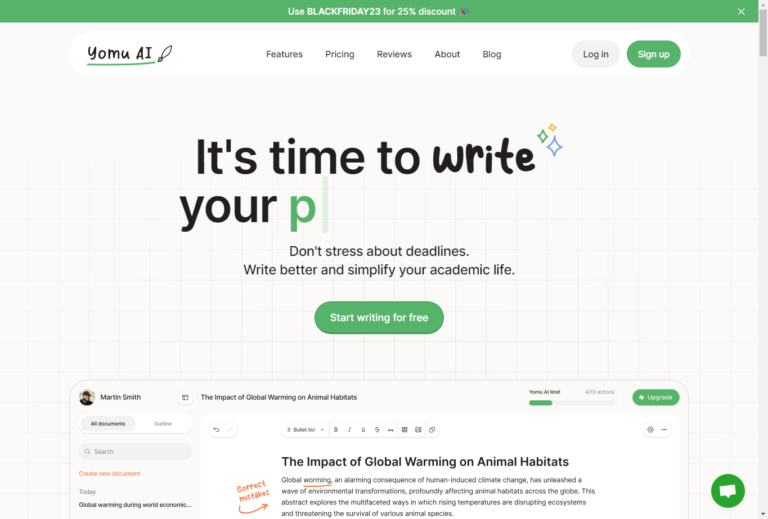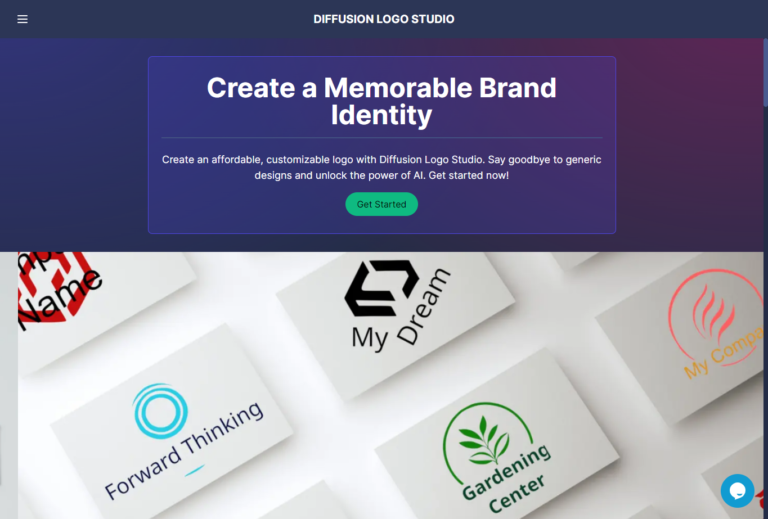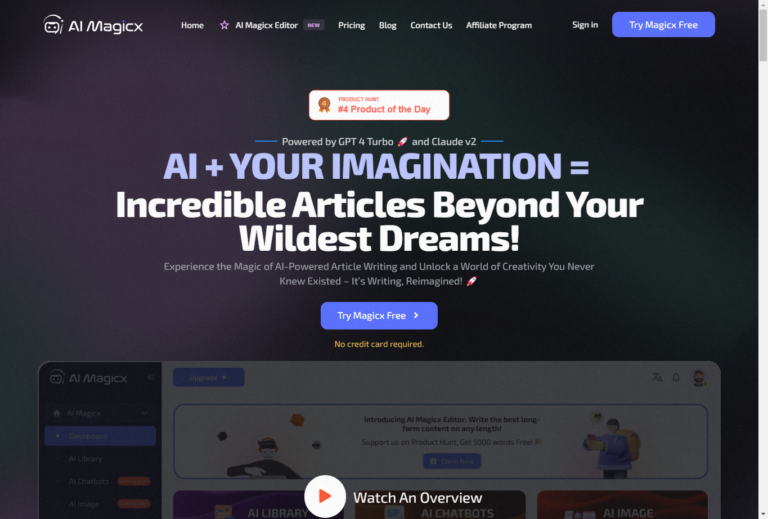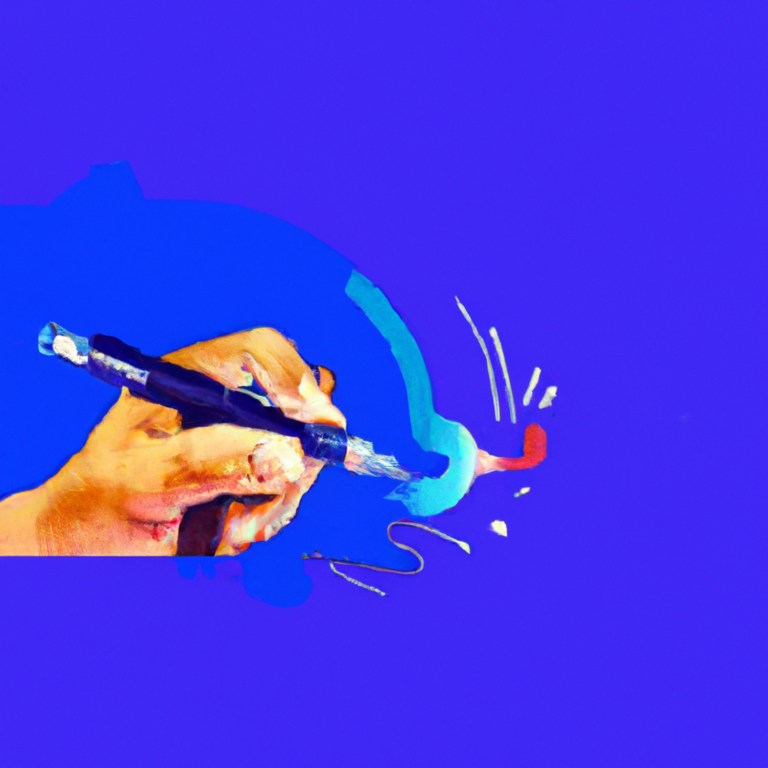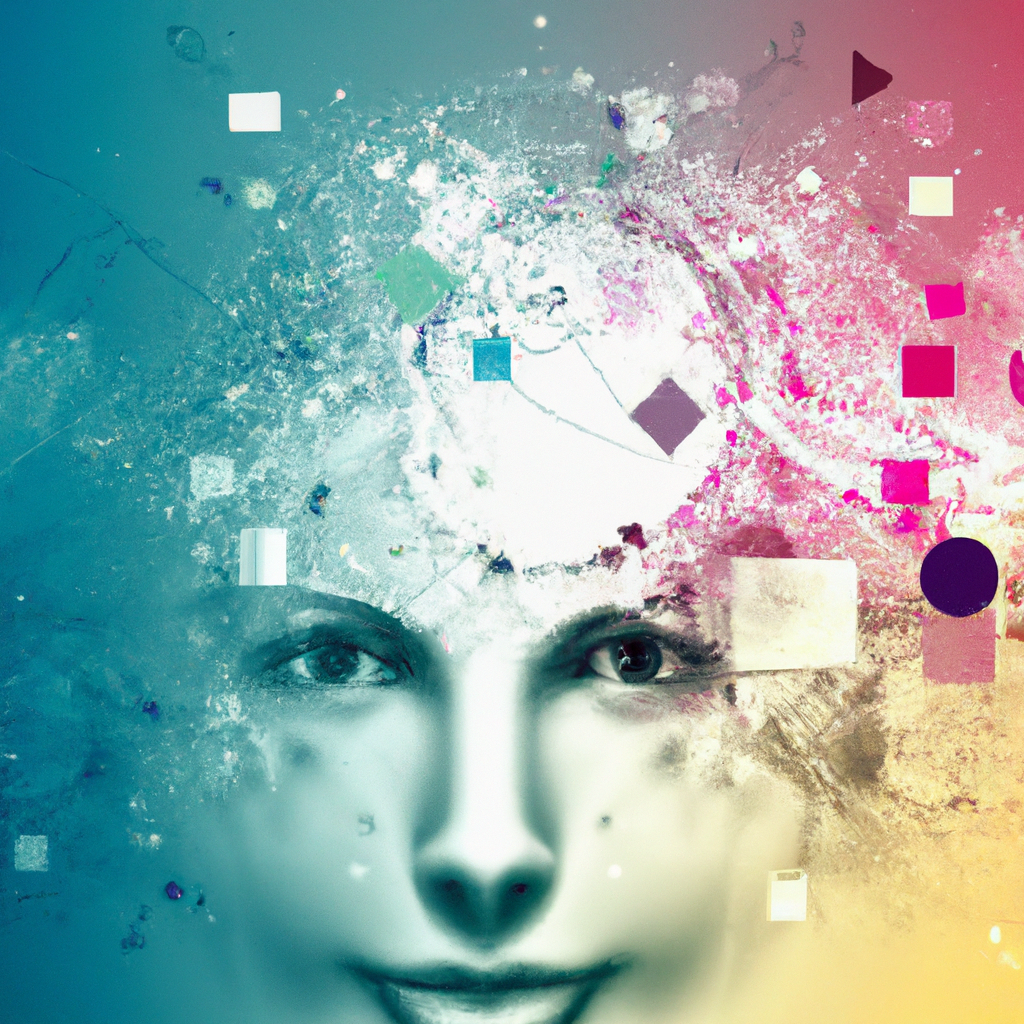
Are you a creative person looking for ways to enhance your work? Look no further! In this article, we will explore the best AI tools available to help creatives take their projects to the next level. Whether you’re a writer, designer, or artist, these innovative tools can revolutionize your creative process and help you achieve your artistic vision. From AI-powered content generators to image recognition software, we’ve got you covered. So, let’s dive into the world of AI tools and unlock your creative potential like never before!

Best AI Tools for Creatives
In today’s digital age, artificial intelligence (AI) has revolutionized various industries, including the creative field. AI tools have become indispensable for professionals and enthusiasts alike, providing innovative solutions to enhance and streamline creative processes. Whether you are an artist, photographer, writer, musician, or designer, there is a range of AI tools available to suit your specific needs. Here, we will explore some of the best AI tools for creatives, categorized by their respective disciplines.
1. Image Editing AI Tools
1.1 Adobe Photoshop
Adobe Photoshop is undoubtedly the king of image editing software, and it also incorporates AI-powered features to enhance your editing experience. With its intelligent content-aware fill, Photoshop can seamlessly remove unwanted elements from an image. Additionally, the AI-based neural filters allow you to experiment and transform images using advanced algorithms, giving you endless creative possibilities.
1.2 Corel Painter
Corel Painter is a popular choice for digital artists and painters. It combines traditional painting techniques with AI-powered brushes that simulate real-world textures and strokes. This tool enables artists to create stunning digital artworks with remarkable precision and realism. With its intelligent brush selection and customization options, Corel Painter truly empowers artists to unleash their imagination.
1.3 GIMP
GIMP, short for GNU Image Manipulation Program, is a free and open-source alternative to Adobe Photoshop. While it may lack some of the advanced features found in Photoshop, GIMP still provides a comprehensive set of tools for image editing. Its AI-powered upscaling feature, for instance, allows you to resize images while preserving their details and sharpness. GIMP is an excellent option for those on a budget or who prefer open-source software.
2. Video Editing AI Tools
2.1 Adobe Premiere Pro
Similar to Adobe Photoshop, Adobe Premiere Pro is widely regarded as the industry standard for video editing. It incorporates AI technology to simplify complex editing tasks, such as automatic video stabilization and content-aware video cropping. Premiere Pro’s AI-powered tools enable you to save time and enhance the overall quality of your videos, making it a go-to choice for professional video editors.
2.2 Final Cut Pro
Final Cut Pro is a video editing software developed by Apple and is highly popular among Mac users. It also integrates AI features to enhance video editing workflows. For example, Final Cut Pro’s AI-powered smart conform allows you to automatically resize and reposition videos based on different aspect ratios. This tool greatly facilitates the creation of videos for various platforms without compromising the visual appeal.
2.3 DaVinci Resolve
DaVinci Resolve, available both as a free and paid version, is another powerful video editing tool that combines professional-grade editing capabilities with AI-powered features. Its AI auto color matching and grading tools facilitate efficient color correction, ensuring that your videos look visually stunning. DaVinci Resolve’s seamless integration with neural networks makes it an excellent choice for both beginners and experienced video editors.
3. Graphic Design AI Tools
3.1 Adobe Illustrator
Adobe Illustrator is a leading graphic design software that incorporates AI technology to enhance the design process. Its AI-powered features, such as the Puppet Warp tool and Content-Aware Crop, provide designers with greater control and flexibility over their artwork. Illustrator’s integration with Adobe Sensei, the company’s AI platform, further enriches the tool’s capabilities, making it a versatile and indispensable asset for graphic designers.
3.2 Canva
Canva is a user-friendly graphic design tool that caters to both beginners and professionals. Leveraging AI, Canva offers a wide range of pre-designed templates and layouts, making it easy for users to create visually appealing designs. With its AI-powered design suggestions and intuitive drag-and-drop interface, Canva simplifies the design process and empowers users to create compelling graphics for various purposes, from social media posts to business presentations.
3.3 Inkscape
Inkscape is a free and open-source vector graphics editor, ideal for those who prefer a non-commercial solution for their graphic design needs. Although Inkscape may not offer as many AI-powered features as Adobe Illustrator or Canva, it still provides a comprehensive set of tools for creating and editing vector graphics. With its wide range of file format compatibility and support for scalable vector graphics (SVG), Inkscape is a reliable option for designers looking for a cost-effective solution.
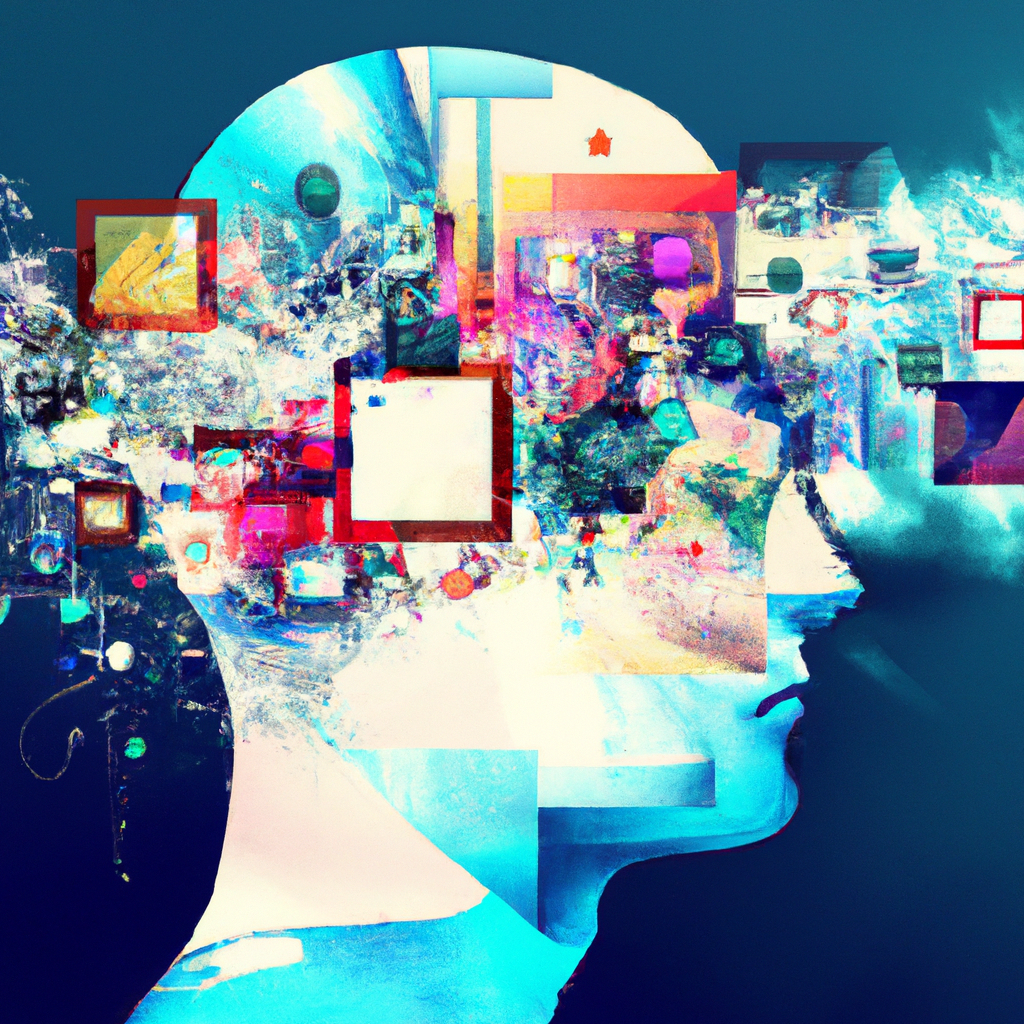
4. Writing AI Tools
4.1 Grammarly
When it comes to writing, Grammarly is a must-have AI tool that ensures your content is free from grammatical and spelling errors. Its AI-powered algorithms analyze your text and provide real-time suggestions to improve clarity, punctuation, and grammar. From basic spell-checking to advanced writing clarity and style enhancing, Grammarly empowers writers to produce error-free and polished content across various platforms.
4.2 ProWritingAid
ProWritingAid is another versatile AI tool designed to improve your writing skills. It goes beyond basic spell-checking and grammar correction, offering advanced writing analysis and insights. ProWritingAid’s AI scans your text for readability, repetitiveness, and usage of clichés, providing comprehensive suggestions to enhance your writing style. This tool is particularly useful for writers who want to refine their craft and produce high-quality content.
4.3 Hemingway Editor
Named after the famous writer Ernest Hemingway, the Hemingway Editor AI tool aims to simplify and streamline your writing. It helps you identify complex sentences, excessive adverbs, and passive voice constructions. With its AI-powered analysis, the Hemingway Editor enables you to make your writing more concise, clear, and engaging. Writers of all levels can benefit from this AI tool to enhance the readability and impact of their written works.
5. Music Composition AI Tools
5.1 Amper Music
Amper Music is an AI-powered music composition tool that empowers creators to generate original music tracks effortlessly. Using AI algorithms, Amper Music understands your specific requirements and can produce music in various genres and moods. You can customize the tempo, instruments, and other elements to match your vision, allowing you to create unique soundtracks for your projects without extensive knowledge of music theory.
5.2 Jukedeck
Jukedeck is another AI music composition tool that enables users to generate original music tracks in a matter of minutes. With its extensive library of musical elements and styles, Jukedeck offers endless possibilities for creators to customize their compositions. The AI algorithms behind Jukedeck analyze user inputs and generate high-quality music soundtracks that can be used in various applications, from videos to podcasts.
5.3 AIVA
AIVA (Artificial Intelligence Virtual Artist) is an advanced AI music composition tool that specializes in creating complex and emotionally engaging compositions. AIVA’s powerful algorithms analyze millions of musical themes and styles, creating original compositions tailored to your preferences. Whether you need background music for a film or an inspiring melody for a game, AIVA’s AI-generated music will add an extra layer of emotion and depth to your creative projects.
6. UX/UI Design AI Tools
6.1 Figma
Figma is a collaborative design tool that combines AI capabilities with an intuitive interface, making it an excellent choice for UX/UI designers. Its AI-powered design features, such as auto-layout and smart selection, enhance design efficiency and consistency. Figma’s real-time collaboration and cloud-based storage enable seamless teamwork and version control, ensuring that everyone stays on the same page throughout the design process.
6.2 Sketch
Sketch is a popular design tool among UX/UI designers, and it also leverages AI to boost productivity and design capabilities. Sketch’s AI features, such as symbol management and machine learning-powered smart layout, streamline the design workflow and ensure design consistency. With its extensive library of plugins and integrations, Sketch offers a customizable and versatile platform for designers to create visually stunning user experiences.
6.3 Adobe XD
Adobe XD is a comprehensive UX/UI design tool that tightly integrates with other Adobe software. Its AI-powered features, such as auto-animate and voice prototyping, enable designers to create interactive and immersive user experiences. Adobe XD’s intuitive interface and collaborative capabilities make it a preferred choice for designers working in teams. With its powerful AI-driven tools, Adobe XD empowers designers to bring their ideas to life and deliver exceptional user experiences.
7. 3D Modeling and Rendering AI Tools
7.1 Autodesk Maya
Autodesk Maya is an industry-standard 3D modeling and animation software that has incorporated AI capabilities to enhance the design process. Its AI-powered features, such as adaptive fluid simulations and intelligent character rigging, enable artists and designers to create realistic and dynamic 3D models and animations. Whether you are working on films, games, or visual effects, Autodesk Maya’s AI tools can significantly speed up your workflow and elevate the quality of your work.
7.2 Blender
Blender is a powerful open-source 3D modeling and rendering software that offers a range of AI-powered features. Its AI denoiser, for example, enhances the realism of rendered images by reducing noise and improving visual clarity. Blender’s AI-driven physics simulation and animation tools provide artists with precise control over the behavior and movement of objects in their 3D scenes. As a free and versatile tool, Blender is highly valued by 3D artists and enthusiasts worldwide.
7.3 Cinema 4D
Cinema 4D is a popular 3D design and modeling software that utilizes AI-driven technologies to streamline the creative process. Its AI-based algorithms automate repetitive tasks, such as object tracking and character animation, allowing artists to focus more on their creative vision. Cinema 4D’s integration with AI-powered render engines further enhances image quality and realism. Whether you are creating visual effects, architectural designs, or character animations, Cinema 4D’s AI tools offer efficiency and artistic freedom.
8. Photography AI Tools
8.1 Adobe Lightroom
Adobe Lightroom is an essential tool for photographers that integrates AI capabilities to simplify and enhance photo editing. Its AI-driven smart adjustments, such as auto-tone and auto-color, analyze the image content and automatically apply corrections for optimal tonal balance and color accuracy. Lightroom’s AI-powered search and organization features also enable photographers to quickly locate specific images based on keywords or visual attributes.
8.2 Luminar
Luminar is a versatile AI-powered photo editing software that offers a wide range of tools for photographers. Its AI sky enhancer and AI structure features intelligently enhance details and textures in your photos, giving them a professional touch. Luminar’s AI portrait retouching tools, including skin smoothing and facial enhancement, simplify the process of enhancing portraits and ensure that your subjects look their best.
8.3 Capture One
Capture One is a robust photo editing software known for its powerful editing capabilities and AI-powered features. Capture One’s AI-driven noise reduction and color grading tools enable photographers to achieve exceptional image quality and consistency. Its tethered shooting capabilities and precise adjustments provide photographers with full control over their editing process. With its AI tools and extensive toolset, Capture One is highly regarded by professional photographers seeking utmost precision and flexibility in their workflow.
9. Social Media AI Tools
9.1 Hootsuite
Hootsuite is a comprehensive social media management tool that incorporates AI features to simplify the process of managing multiple social media platforms. Its AI-powered analytics provide valuable insights into audience engagement, allowing you to optimize your social media strategies. Hootsuite’s AI scheduling and content curation features also help streamline your social media presence, ensuring that you reach your target audience effectively.
9.2 Buffer
Buffer is another popular social media management tool that utilizes AI to streamline social media workflows. With its AI-driven scheduling and publishing features, Buffer allows users to plan and automate their social media posts effectively. Buffer’s AI analytics provide valuable data on post performance and audience engagement, empowering users to optimize their social media strategies based on data-driven insights.
9.3 Sprout Social
Sprout Social is a robust social media management platform that combines AI capabilities with intuitive features to enhance social media marketing efforts. Its AI-powered social listening tool enables you to monitor brand mentions and industry trends in real-time, helping you stay on top of the conversation. Sprout Social’s AI-driven customer engagement and analytics features further optimize your social media campaigns, ensuring that you deliver targeted and personalized content to your audience.
10. Virtual Reality (VR) AI Tools
10.1 Unity
Unity is a leading game development platform that incorporates AI technologies to enable developers to create immersive virtual reality (VR) experiences. Its AI-enhanced physics simulation and rendering capabilities empower developers to create realistic virtual environments and interactive gameplay elements. Unity’s AI-driven machine learning tools also facilitate the creation of intelligent game characters and provide developers with advanced data analysis capabilities.
10.2 Unreal Engine
Unreal Engine, developed by Epic Games, is another powerful game development platform that integrates AI capabilities for creating VR experiences. Unreal Engine’s AI-driven features, such as real-time ray tracing and AI-powered animation systems, enable developers to create visually stunning and dynamic VR worlds. With Unreal Engine’s extensive libraries and easy-to-use interface, developers can bring their VR visions to life with enhanced realism and interactivity.
10.3 Gravity Sketch
Gravity Sketch is a virtual reality design tool that leverages AI to revolutionize 3D modeling and design creation. With its intuitive VR interface and AI features, Gravity Sketch allows designers to create and manipulate 3D shapes and objects in an immersive environment. The tool’s AI-powered geometric translation and sculpting tools facilitate the creation of intricate and dynamic designs, empowering designers to visualize and iterate their ideas like never before.
In conclusion, AI tools have become invaluable assets for creative professionals in various domains. From image editing and video production to writing, music composition, design, and beyond, AI has significantly enhanced the creative process. Whether you are a seasoned professional or an aspiring creative, these AI tools mentioned above offer an array of features and functionalities to take your work to the next level. Embrace the power of AI and unlock your creative potential!

